How Long Is 4 Inches? Discover 12+ Common Things That Are 4 Inches Long
Knowing how long is 4 inches can be surprisingly important, whether you’re measuring for furniture, fabric, or even artwork. We’ll delve into the practical applications of this measurement, providing you with useful references and tips to ensure you never underestimate its importance again. You’ll have a solid grasp of how long is 4 inches and why it matters in your daily life.
How Big Is 4 Inches?
4 inches, equivalent to 10.16 centimeters or 101.6 millimeters, might seem like a trivial measurement, but its significance permeates our daily lives in fascinating ways.
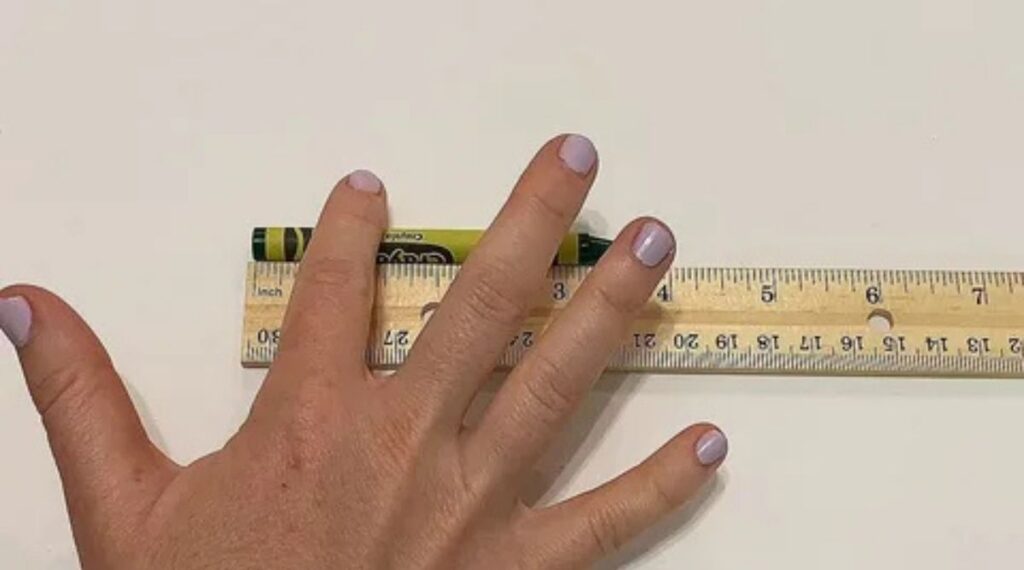
In the realm of modern digital devices, for instance, the 4-inch display was once the standard for smartphones, offering a compact yet functional interface that many users still fondly remember.
The four-inch size balances portability and usability, ideal for quick interactions. It is also common in household items, office supplies, and electronic components like circuit boards, impacting compatibility and functionality.
Things That Are 4 Inches Long
- Men’s Wallet
- Credit Cards
- Standard Playing Card
- Hand Width
- A Large-Size USB Flash Drive
- Tennis Ball
- Baseball Ball
- Half of a Standard Brick
- A Standard-Size C Battery
- 2 Golf Tees
- Crayons
- 2 Erasers
Men’s Wallet
Imagine a world where your wallet is not just a repository for cash and cards but also a practical measuring tool that fits snugly in your pocket.
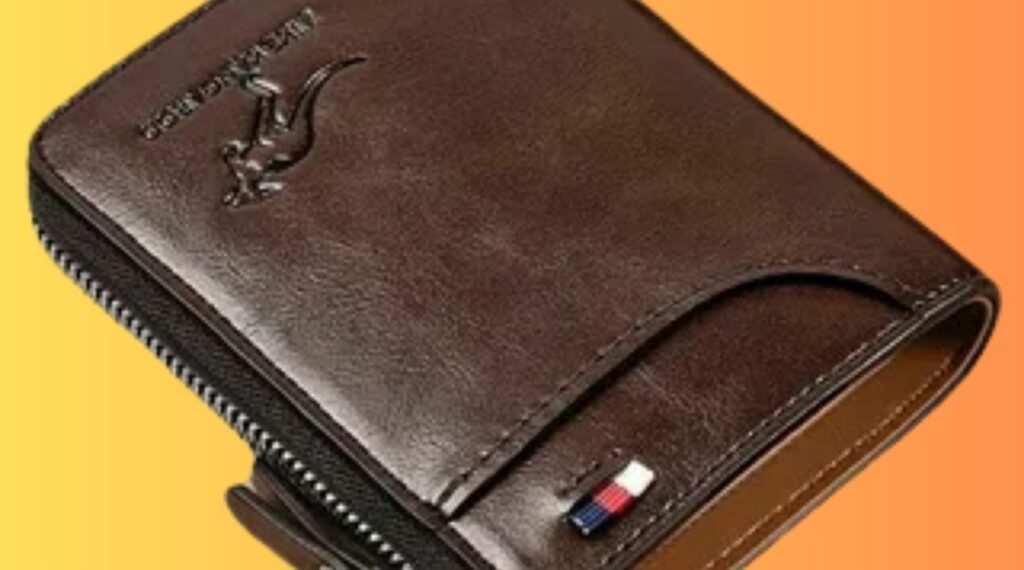
At 4 inches tall, this compact accessory might seem unassuming, yet it offers a surprising utility, ideal for those spontaneous moments when you need to measure something quickly.
The innovative wallet measures 3.5 by 4.25 inches, offering extra space for essentials and a built-in ruler. This design enhances practicality, redefining how we carry our items efficiently.
Credit Cards
Standard debit and credit cards share a universally accepted dimension of 3.375 inches in length, which is a crucial aspect for both consumers and businesses. When stacked, two cards create a reliable 4-inch reference point, making it easy to visualize their size in everyday contexts.
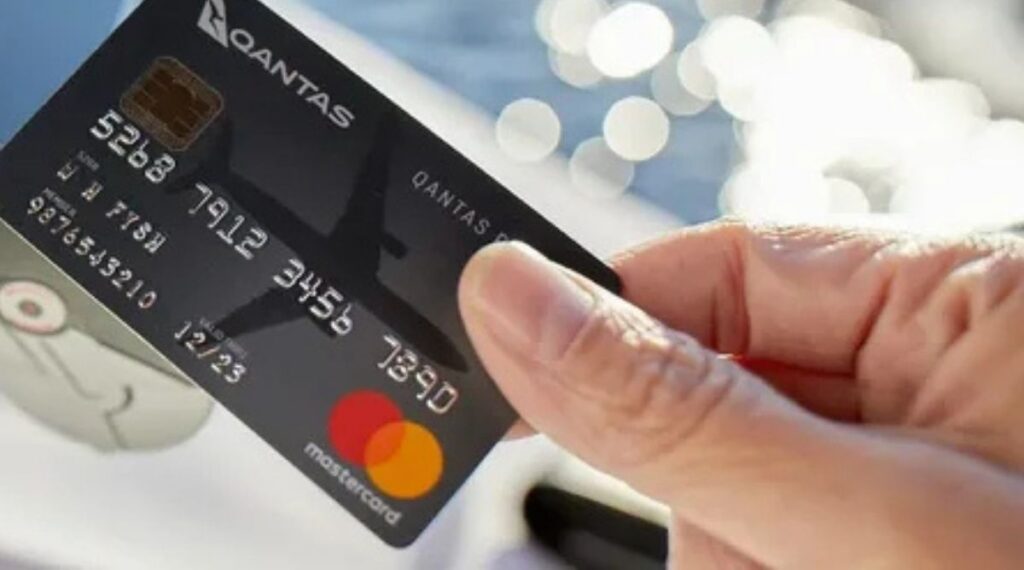
Standardized card dimensions improve user experience and meet global banking standards, ensuring compatibility. This uniformity also aids in various applications, such as designing promotional materials and security features, by providing clear measuring references.
Standard Playing Card
Standard playing cards, measuring 3.5 inches in height and 2.5 inches in width, serve as a remarkable tool not just for games like poker and bridge but also as an accessible means to gauge sizes in various contexts.
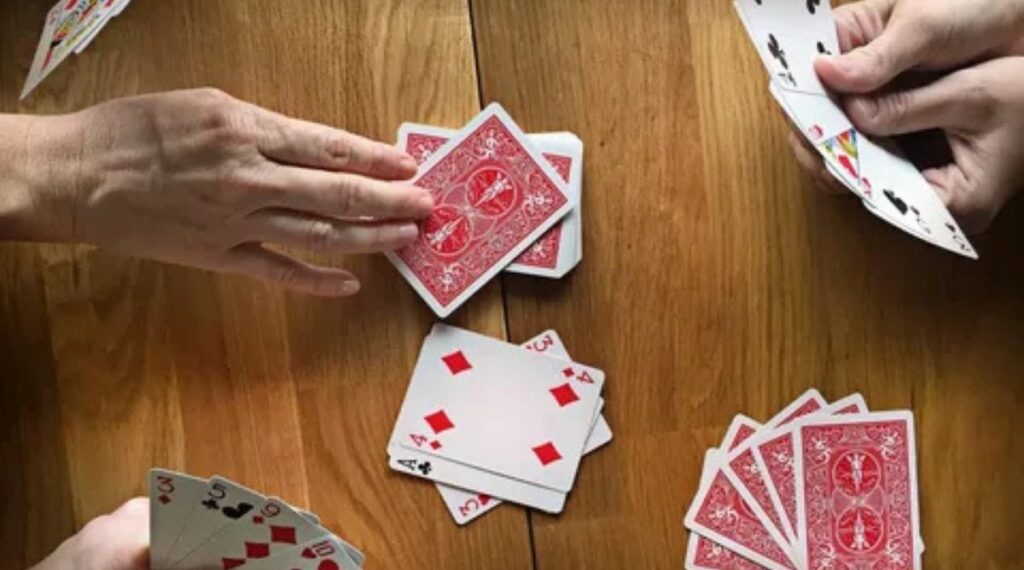
Their standardized dimensions allow players to easily visualize and compare different objects, making it simpler to understand measurements without needing a ruler.
For instance, when considering how long is 4 inches, one can quickly relate this measurement to the size of a card, creating a tangible reference that enhances comprehension.
Hand Width
Hand width is a surprisingly handy tool for quick measurements, often overlooked in our digital age. On average, a hand width measures about 4 inches, making it a practical reference point when you find yourself without a ruler or tape measure.
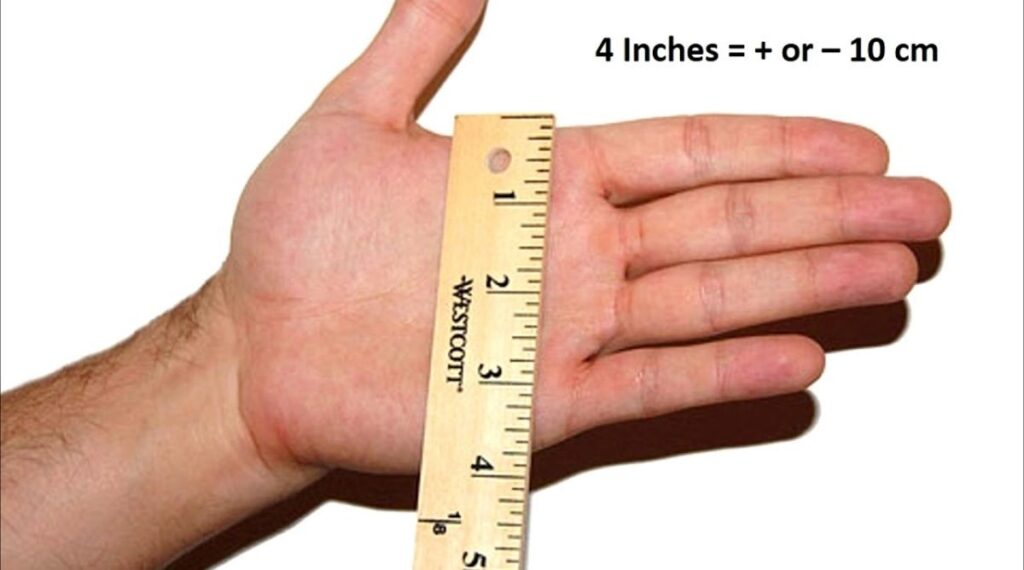
In the outdoors, your hand can serve as a practical measuring tool for estimating lengths and heights. Using your hand helps develop an intuitive grasp of distances and sizes around you.
For example, visualizing furniture dimensions in hand widths aids in understanding if it will fit in a designated space without requiring exact measurements.
A Large-Size USB Flash Drive
A large USB flash drive, about 4 inches long, combines functionality and design. Standardized sizes across manufacturers simplify consumer choices, enhancing compatibility within digital ecosystems.
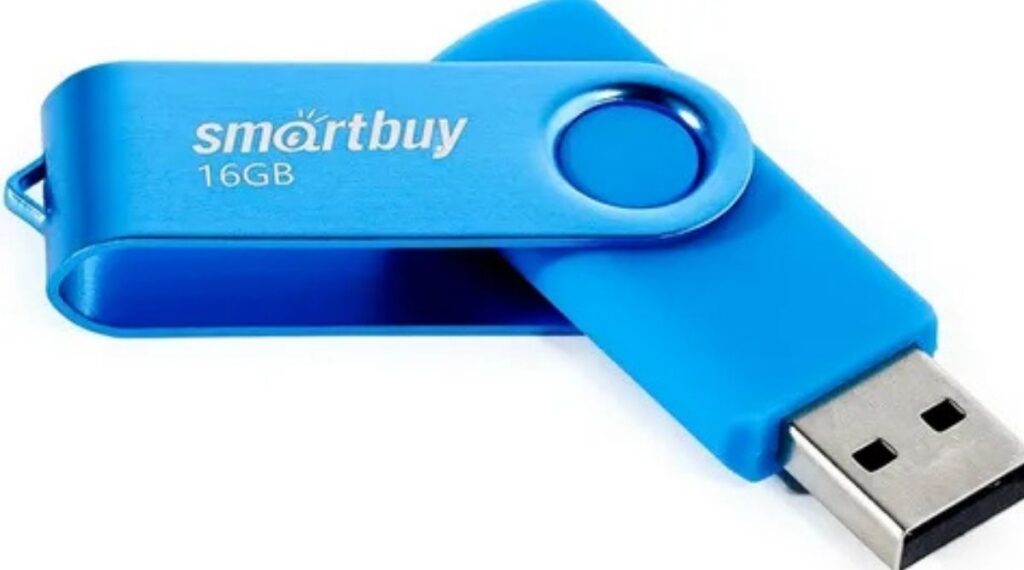
The consistency of larger flash drives improves compatibility and supports innovative features like security and durability. These drives offer efficiency and versatility, functioning beyond data storage to include integrated measuring tools for dimensions or distances.
Tennis Ball
A tennis ball, with its diameter of approximately 2.57 inches, serves as a surprisingly versatile reference point for everyday measurements. When two balls are placed side by side, they span slightly over 5 inches, making them an intuitive guide for estimating distances or sizes in various contexts.
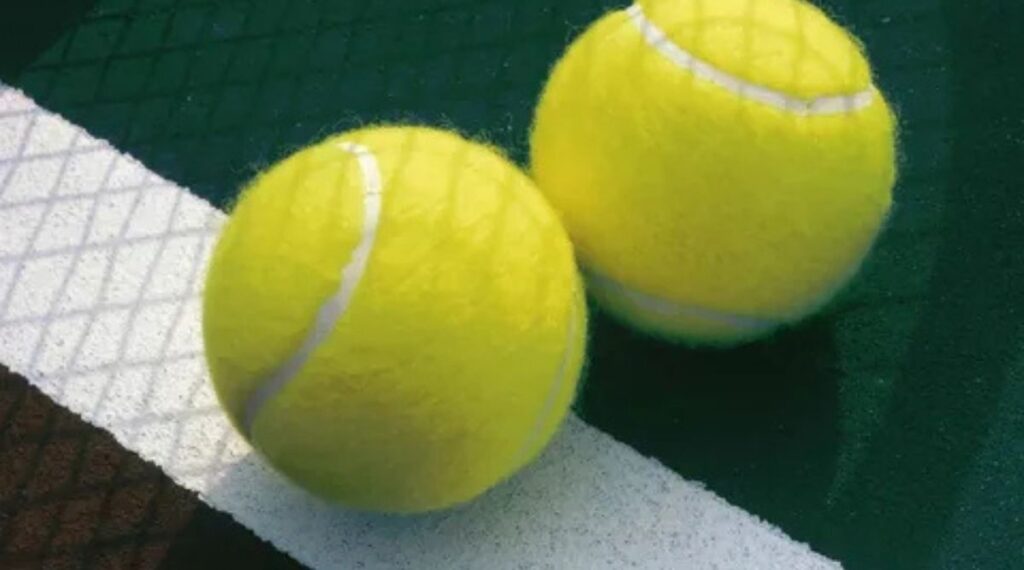
For instance, if you’re trying to visualize something that measures around 4 inches, simply recalling the familiar sight of a tennis ball can provide a quick mental benchmark.
Manufacturers ensure tennis balls meet precise dimensions, enhancing their reliability as measuring tools. This consistency allows for confident use in measuring other objects outside of tennis.
Baseball Ball
A baseball, with its diameter of 2.86 to 2.94 inches, may seem like a simple object, but when you take one and a half of these balls, you arrive at a measurement close to 4 inches, a size that resonates in various contexts beyond the diamond.

Everyday measurements, like those of a smartphone or coffee cup lid, highlight design’s unifying nature. This relationship between common objects encourages appreciation for the geometry that influences our lives, showing that even simple items can significantly impact us.
Half of a Standard Brick
The standard American brick, 8 inches long, serves as a practical measuring tool. Its half, 4 inches, is also useful for various tasks.
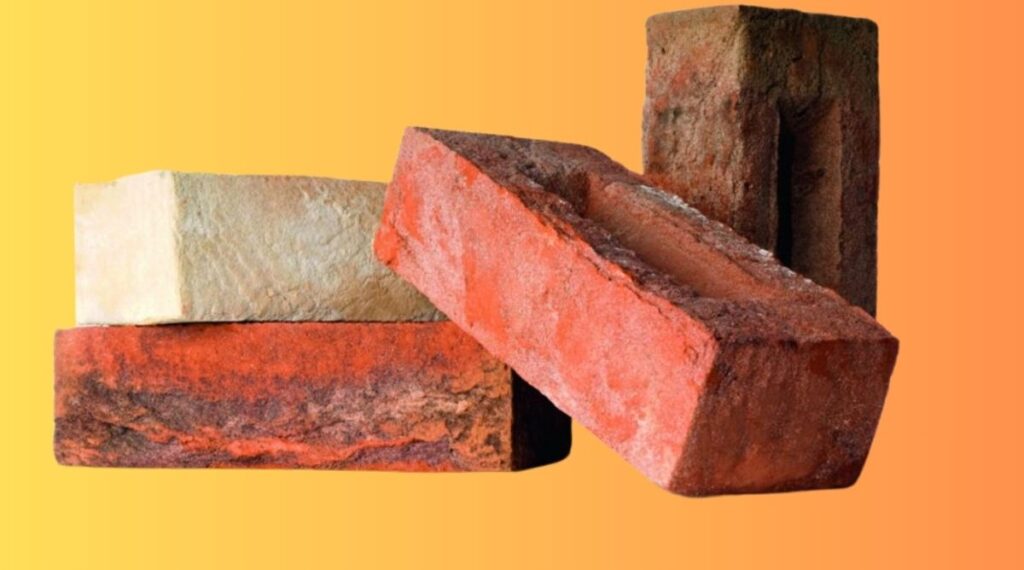
Imagine needing to mark a space or determine an approximate distance; instead of reaching for a tape measure or ruler, you can utilize the 4 inches example provided by the standard brick.
Its uniform size lends itself to quick calculations and estimations, making it particularly useful for DIY enthusiasts and professionals alike.
A Standard-Size C Battery
A standard-size C battery, measuring 4 inches long, is a reliable reference for everyday measurements. It powers devices and offers a convenient visual guide for size comparisons.
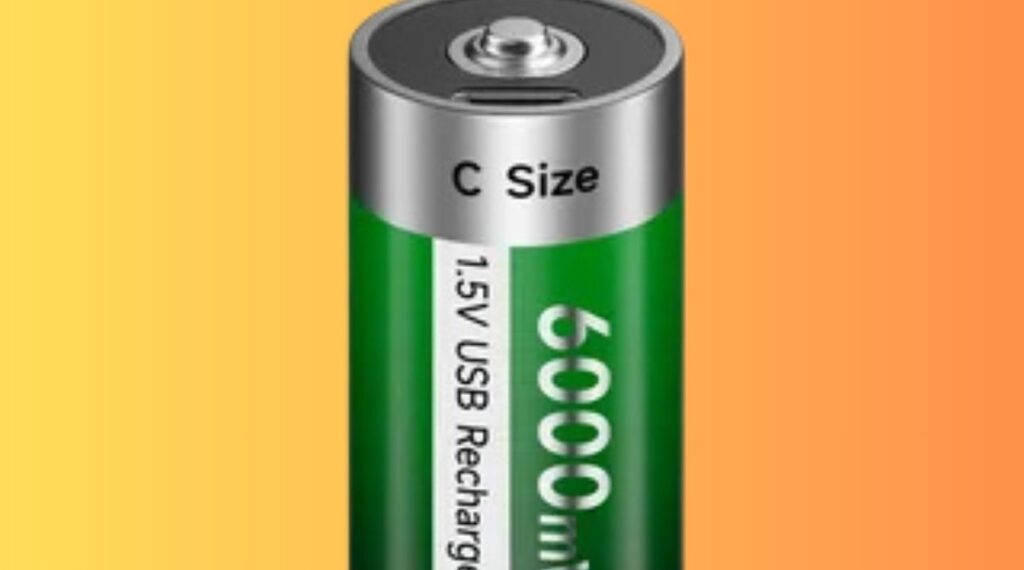
Using a C battery as a reference helps assess the size of various household items, improving spatial awareness. Its common 4-inch size facilitates clear communication about dimensions in conversations or online orders.
2 Golf Tees
Using two standard 2-inch golf tees end to end creates a 4-inch marker for distance visualization. This simple tool helps golfers make better decisions when preparing for their swing.

If you need to gauge things that are 4 inches long, stacking two of these tees gives you a simple yet effective reference. This approach not only enhances your game but also encourages a creative mindset when it comes to using everyday items in unexpected ways.
Crayons
Crayons, often overlooked as mere tools for artistic expression, serve as reliable 4-inch measuring references in educational settings. Educators frequently leverage the standard length of crayons to introduce young learners to fundamental measurement concepts.
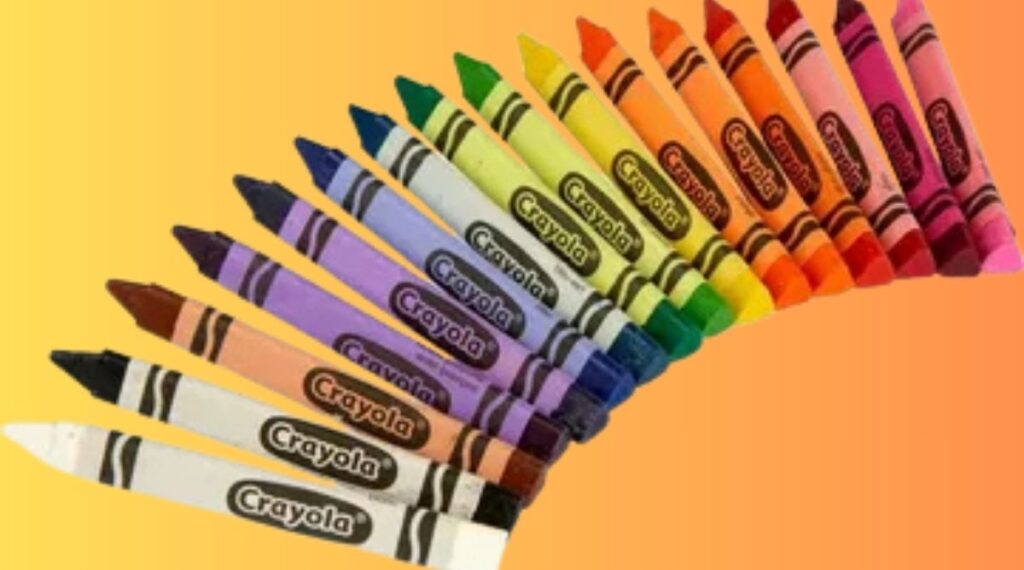
By comparing crayons to everyday objects, children can grasp the idea of scale and distance, transforming abstract numbers into tangible experiences.
For instance, when children realise that a crayon is approximately the same length as a small toy car or a common household item, they begin to build a mental library of “things that are 4 inches long,” enhancing their spatial awareness.
2 Erasers
In the world of stationery, even the humble eraser can spark curiosity and creativity. When considering how long is 4 inches, think about the visual impact of two standard erasers placed side by side.
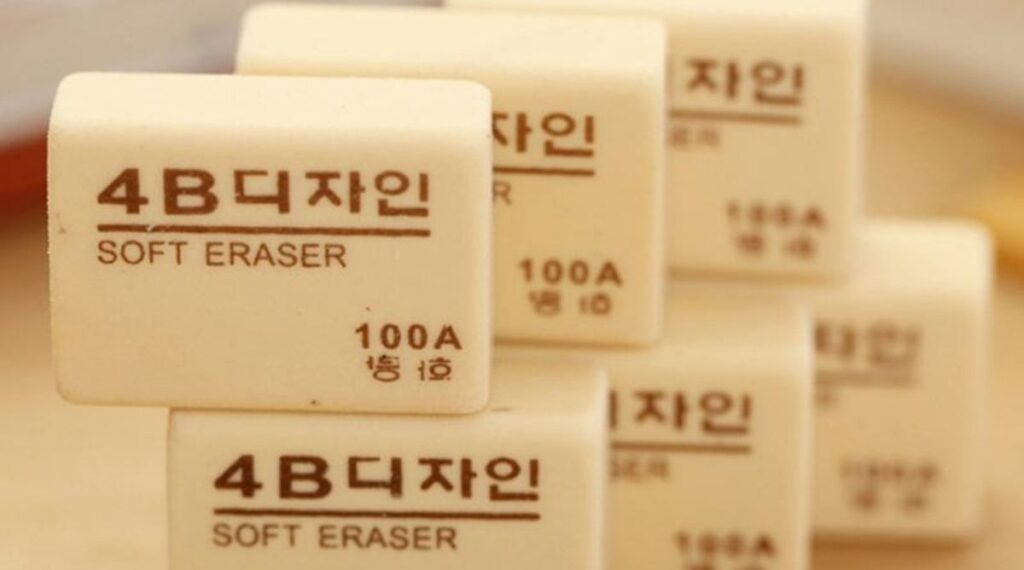
Each typically measures about 2 inches, and together they form a neat, compact duo that’s both functional and charming. This simple pairing not only serves a practical purpose in correcting mistakes but also illustrates a delightful symmetry that can inspire organization and tidiness on your desk.
Conclusion
Understanding how long is 4 inches can be quite helpful in various situations, from home improvement projects to crafting and cooking. The 4-inch measurement is crucial for accuracy in tasks needing specific dimensions.
Visualizing it through everyday objects like credit cards or smartphones helps understand its size better, enhancing measurement and comparison accuracy.
FAQS
How Long Is 4 Inches on Your Hand?
4 inches is measured from the outer edge of the pinky finger to the outer edge of the thumb when the hand is held flat.
How Much Is 4 Inches Without A Ruler?
You can use a standard credit card, which is about 3.37 inches long, or the width of your hand across the bottom knuckles, which is roughly 4 inches.
What Body Part Is 4 Inches?
A handbreadth, or palm, measures approximately 4 inches across an adult’s hand. It is determined by measuring from the little finger’s outer edge to the thumb’s outer edge when fingers are fully extended.
What Is 4 Inches In Length?
Four inches is equivalent to 10.16 centimeters. This conversion is based on the fact that one inch is equal to 2.54 centimeters, so when you multiply 4 by 2.54, you arrive at 10.16 cm.







